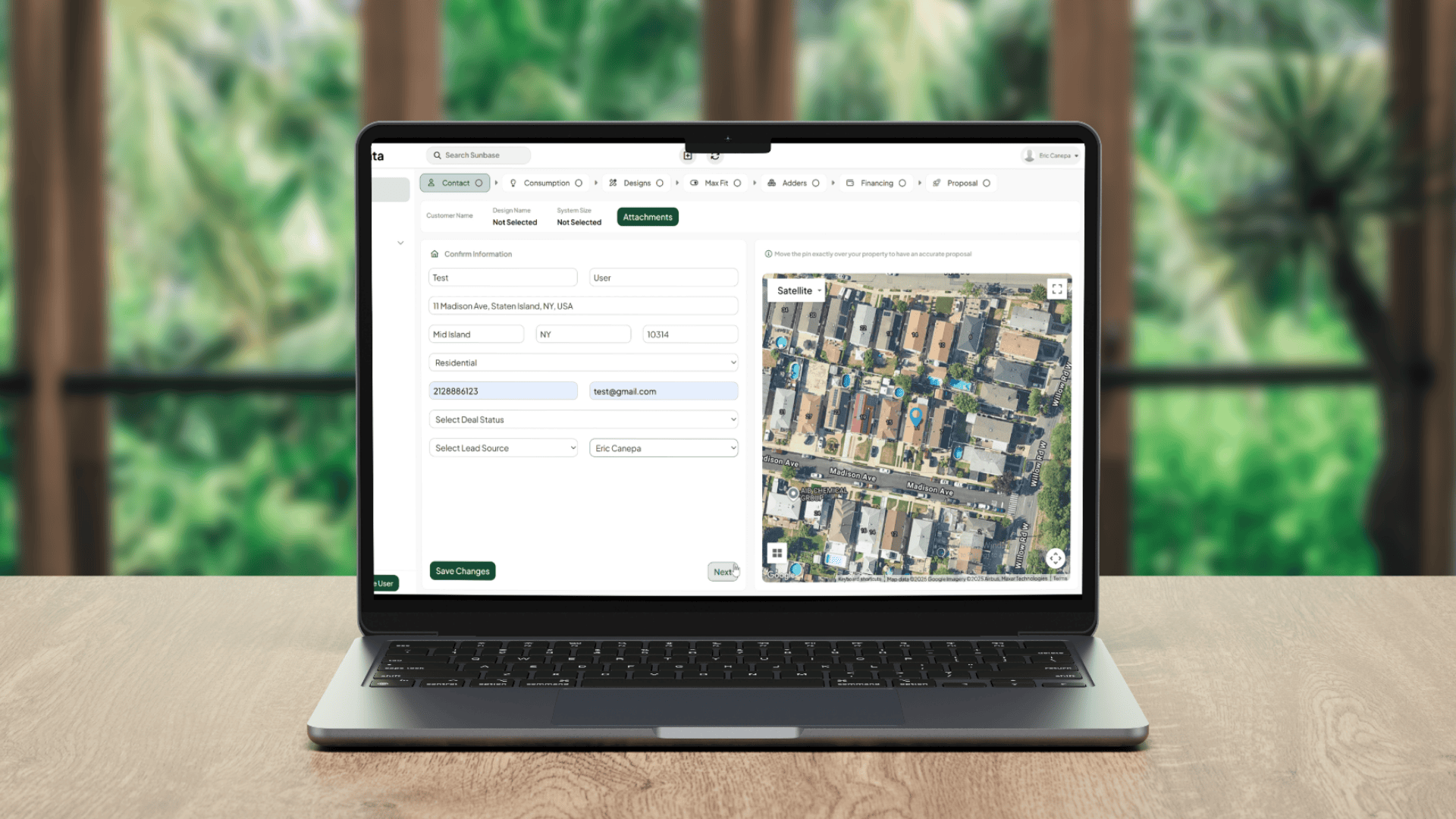July 27, 2023
Customer Relationship Management (CRM)
Definition and key objectives of CRM
Customer Relationship Management (CRM) is a strategic approach that emphasizes building and nurturing long-term relationships with customers and prospective customers. It involves managing interactions and fostering positive experiences throughout the customer journey. At its core, a CRM solution is a combination of people, processes, and technology aimed at maximizing customer satisfaction and driving business growth.
Key Objectives of CRM:
Customer Acquisition:
CRM focuses on identifying and attracting potential customers who align with the organization's target market. It aims to streamline lead generation processes and optimize conversion rates.
Customer Retention:
Retaining existing customers is a critical objective of CRM. By delivering personalized experiences, addressing their needs, and providing exceptional customer service, businesses can foster loyalty and reduce customer churn.
Customer Satisfaction:
CRM strives to enhance customer satisfaction by understanding their preferences, expectations, and pain points. This knowledge allows businesses to tailor their products, services, and interactions to meet customer needs effectively.
Cross-Selling and Upselling:
Effective CRM strategies leverage customer insights to identify opportunities for cross-selling and upselling. By understanding customers' purchasing behavior and preferences, businesses can offer relevant products or services, increasing revenue per customer.
Data-Driven Decision Making:
CRM enables data collection and analysis to gain actionable insights. By leveraging customer data, businesses can make informed decisions regarding marketing strategies, product development, and customer experience improvements.
Benefits of implementing CRM
Implementing CRM processes can provide numerous benefits for businesses:
Improved Customer Satisfaction:
CRM allows businesses to offer personalized experiences, timely support, and tailored solutions, resulting in increased customer satisfaction and loyalty.
Enhanced Customer Retention:
By effectively managing customer relationships, addressing their needs, and proactively resolving issues, CRM helps improve customer retention rates.
Streamlined Sales and Marketing Processes:
CRM databases provide tools and automation capabilities that streamline sales and marketing activities. This includes lead management, opportunity tracking, email marketing, and campaign management, resulting in increased efficiency and productivity.
Increased Sales Revenue:
With CRM, businesses can identify and prioritize high-value leads, track sales activities, and analyze customer buying patterns. This leads to more effective sales strategies, improved conversion rates, and increased revenue.
Improved Collaboration and Communication:
CRM solutions facilitate seamless communication and collaboration among team members. Sharing customer information, updates, and insights helps teams work cohesively, leading to better customer service and outcomes.
Better Data Management and Analysis:
CRM analytics centralize customer data, making it easily accessible and providing a comprehensive view of customer interactions. Analyzing this data helps businesses identify trends, make data-driven decisions, and refine their strategies.
Competitive Advantage:
CRM enables businesses to differentiate themselves by providing exceptional customer experiences. This sets them apart from competitors and positions them as preferred choices for customers.
Developing a Customer-Centric Approach
Identifying and understanding customer needs
Developing a customer-centric approach is one of the CRM best practices. It is crucial for successful customer relationship management (CRM). It involves gaining deep insights into customer needs, preferences, and expectations. By understanding their unique requirements, businesses can tailor their products, services, and interactions to create meaningful and personalized experiences.
Conduct Market Research:
To identify customer needs, it is essential to conduct comprehensive market research. This includes analyzing market trends, customer demographics, and competitors. Market research helps businesses understand customer pain points, desires, and emerging industry demands.
Collect Customer Feedback:
Actively seek customer feedback through surveys, interviews, and social media listening. Feedback provides valuable insights into customer satisfaction levels, areas for improvement, and new opportunities. Utilize various feedback channels, such as online surveys, customer support interactions, and feedback forms on your website.
Analyze Customer Interactions:
Use CRM systems to gather and analyze customer interaction data. This includes tracking customer inquiries, purchase history, and communication records. Analyzing these interactions helps identify patterns, preferences, and common pain points, enabling businesses to respond effectively to customer needs.
Leverage Social Listening:
Monitor social media platforms to understand customer sentiment, opinions, and emerging trends. Social listening allows businesses to identify discussions related to their brand, products, or industry. By analyzing these conversations, businesses can gain valuable insights into customer needs, desires, and challenges.
Creating customer personas
Creating customer personas is a powerful CRM best practice to understand different segments of your target audience. Personas are fictional representations of your typical customers, based on real data and research. They provide a deeper understanding of customer motivations, preferences, and behaviors, allowing businesses to tailor their strategies accordingly.
Identify Key Customer Segments:
Analyze customer data to identify distinct segments within your customer base. Consider factors such as demographics, purchasing behavior, and psychographics. Segmenting customers helps create more accurate and relevant personas.
Conduct Interviews and Surveys:
Engage with customers directly through interviews and surveys to gather insights about their goals, challenges, and decision-making processes. This primary research provides valuable firsthand information that can be used to refine customer personas.
Define Persona Attributes:
Develop detailed profiles for each customer persona, including demographic information, interests, motivations, pain points, and preferred communication channels. This helps humanize and bring the personas to life.
Utilize Persona Insights:
Incorporate the persona insights into your CRM best practices of your business, including marketing campaigns, product development, and customer service. Tailor your messaging, content, and offerings to align with the needs and preferences of each persona.
Continuously Update Personas:
Customer needs and preferences evolve over time, so it's important to regularly review and update your personas. Stay connected with customers, conduct ongoing research, and adapt the personas accordingly to ensure they remain accurate and relevant.
Implementing CRM Systems and Tools
Selecting the right CRM system
Implementing an effective customer relationship management (CRM) system is crucial for managing customer interactions and maximizing business outcomes. Selecting the right, CRM software or system involves careful consideration of various factors to ensure it aligns with the organization's needs and objectives.
Assess Business Requirements:
The sales reps should start by assessing their business requirements and objectives. They should identify the specific functionalities and features your organization needs from a CRM analytics system. Consider factors such as contact management, lead tracking, sales pipeline management, customer service capabilities, and integration with existing systems.
Scalability and Flexibility:
Evaluate the scalability and flexibility of the CRM system. As your business grows, the CRM system should accommodate increased data volumes, user expansion, and evolving business processes. Consider whether the system can be easily customized and integrated with other tools and applications.
User-Friendliness:
Consider the user-friendliness of the CRM system. The interface should be intuitive and easy to navigate, allowing employees to quickly adopt and utilize the system without extensive training. User-friendly systems promote widespread adoption and maximize the benefits of CRM implementation.
Vendor Reputation and Support:
Research and evaluate the reputation and track record of CRM vendors. Look for established vendors with a history of delivering reliable and efficient CRM solutions. Assess the vendor's customer support offerings, including training, technical support, and ongoing maintenance.
Customizing the CRM system to meet business requirements
Once the CRM system is selected, customization is essential to tailor it to the specific needs and workflows of the organization. Customization ensures that the CRM system aligns closely with the business processes and enhances productivity and sales process.
Identify Customization Requirements:
Identify the key areas of customization required to integrate CRM systems with your business processes. This may include adding or modifying fields, creating custom reports and dashboards, configuring workflow automation, and integrating with other business systems.
Collaborate with Stakeholders:
Involve key stakeholders, such as department heads, sales representatives, and customer service teams, in the customization process. Gather their input and insights to ensure the CRM system meets their specific needs and enhances their daily tasks.
Data Migration and Integration:
Plan for data migration from existing systems to the CRM implementation system. Ensure a smooth transfer of data while maintaining data integrity. Additionally, integrate the CRM system with other critical business applications, such as email clients, marketing automation tools, and customer support software, to streamline processes and improve data accuracy.
Training and Change Management:
Provide comprehensive training to employees on how to use the customized CRM system effectively. Offer workshops, documentation, and ongoing support to ensure employees are proficient in utilizing the system and automating repetitive tasks. Implement change management strategies to address any resistance to adopting the new CRM system.
Regular Review and Optimization:
Continuously review and optimize the CRM system based on user feedback, changing business needs, and emerging industry trends. Regularly assess the system's performance, identify areas for improvement, and implement necessary updates to maximize its value and effectiveness.
Using CRM technology and the information provided above, one can learn how to properly integrate a CRM solution into any process or business model.
Data Management and Analysis
Collecting and organizing customer data
Effective data management is a vital component of effective customer service and relationship management (CRM). Collecting and organizing customer data allows businesses to gain valuable insights into customer behavior, preferences, and needs. Here are key practices for collecting and organizing customer data:
Define Data Collection Goals:
Clearly define the goals and objectives of data collection. Determine the specific types of data you need to gather, such as demographic information, purchase history, website interactions, or customer support inquiries.
Implement Data Capture Mechanisms:
Utilize various channels and tools to capture customer data. This includes website forms, customer surveys, loyalty programs, point-of-sale systems, and social media listening. Implement mechanisms to automatically capture and record data whenever possible to reduce manual efforts and errors.
Ensure Data Accuracy and Completeness:
Regularly validate and update customer data to ensure accuracy and completeness. Implement data validation rules and data cleansing processes to identify and correct any inconsistencies or errors. Regularly audit data to remove duplicate or outdated records.
Centralize Data in a CRM System:
Store customer data in a centralized CRM system for easy access and analysis. A CRM system allows you to maintain a comprehensive view of customer interactions, purchase history, preferences, and other relevant information.
Analyzing customer data for insights
Analyzing customer data is essential for deriving meaningful insights that can drive informed decision-making and personalized customer interactions. Here are key practices for analyzing customer data:
Identify Key Metrics and KPIs:
Determine the key metrics and key performance indicators (KPIs) that align with your business goals. This may include metrics such as customer lifetime value, conversion rates, customer satisfaction scores, or churn rates. Select relevant metrics that provide actionable insights into your customer relationships.
Utilize Data Visualization Tools:
Leverage data visualization tools to present complex customer data in a visual and easily digestible format. Graphs, charts, and dashboards enable you to identify trends, patterns, and correlations, making it easier to draw insights from the data.
Conduct Segmentation and Targeting:
Segment your customer base based on various criteria such as demographics, purchase behavior, or engagement levels. Analyze the data within each segment to identify common characteristics, preferences, and needs. This enables targeted marketing and personalized experiences for different customer segments.
Perform Predictive Analytics:
Use predictive analytics techniques to forecast customer behavior and identify potential future trends. Predictive models can help you anticipate customer needs, identify cross-selling or upselling opportunities, and mitigate customer churn.
Conclusion
Recap of key points discussed
In this article, we have explored the essential best practices for effective Customer Relationship Management (CRM). Let's recap the key points discussed:
Understanding CRM:
We defined CRM as a strategic approach aimed at building and nurturing long-term customer relationships to maximize satisfaction and drive business growth.
CRM Objectives:
The key objective of any CRM solution includes customer acquisition, retention, satisfaction, cross-selling, upselling, and data-driven decision-making.
Customer-Centric Approach:
Developing a customer-centric approach involves identifying and understanding customer needs through market research, collecting customer feedback, analyzing customer interactions, and leveraging social listening. Creating customer personas helps in better understanding customer motivations, preferences, and behaviors.
Implementing CRM Systems and Tools:
Selecting the right CRM system involves assessing business requirements, considering scalability and flexibility, user-friendliness, and vendor reputation. Customizing the CRM system to meet business requirements includes identifying customization needs, collaborating with stakeholders, managing data migration and integration, providing training, and implementing change management strategies.
Data Management and Analysis:
Collecting and organizing customer data involves defining data collection goals, implementing data capture mechanisms, ensuring data accuracy and completeness, and centralizing data in a CRM system. Analyzing customer data for insights includes identifying key metrics and KPIs, utilizing data visualization tools, conducting segmentation and targeting, performing predictive analytics, and deriving actionable insights.
Final thoughts on the importance of effective CRM
In conclusion, effective Customer Relationship Management (CRM) is of paramount importance in today's business landscape. By adopting customer-centric approaches, implementing the right CRM systems, and leveraging data management and analysis, organizations can forge stronger customer relationships, eliminate repetitive tasks, drive business growth, and gain a competitive edge.
Effective CRM automation enables businesses to understand their customers better, deliver personalized experiences, streamline sales and marketing processes, make data-driven decisions, and foster collaboration and communication among teams. In a nutshell, it helps in providing effective customer service. Ultimately, effective CRM empowers businesses to enhance customer satisfaction and retention, optimize their operations, and stay ahead in a rapidly evolving marketplace.
One Platform. Zero Chaos. Run Your Entire Business in One Place.
Sunbase replaces your CRM, proposals, scheduling, job tracking, and reporting tools — all inside one clean, connected platform.
About Sunbase
The All-In-One Platform to Run Your Entire Business
Sunbase helps you organize operations, streamline daily workflows, and manage everything - from first customer contact to final project deliver- in one connected system.
Our Mission
- Organize your business.
- Optimize your workflow.
- Automate what slows you down.
Why Businesses Choose Sunbase
One Connected Workflow
Replace scattered tools and manual processes with a single platform that brings together your team, tasks, customers, jobs, and performance data.
🌎 Global Presence
Serving the United States, Canada, India, LATAM, Australia, and 10+ international markets.
👥 11,000+ Users
Trusted by contractors, installers, project managers, sales teams, and field technicians.
🏗️ Built for All Sizes
From small contracting teams to fast-growing enterprises, Sunbase adapts to your workflow.
Useful Links For You
Stop Managing Your Business Manually. Automate It.
Sunbase automates workflows, reduces mistakes, and helps your team get more done - without hiring extra staff or juggling multiple tools.











